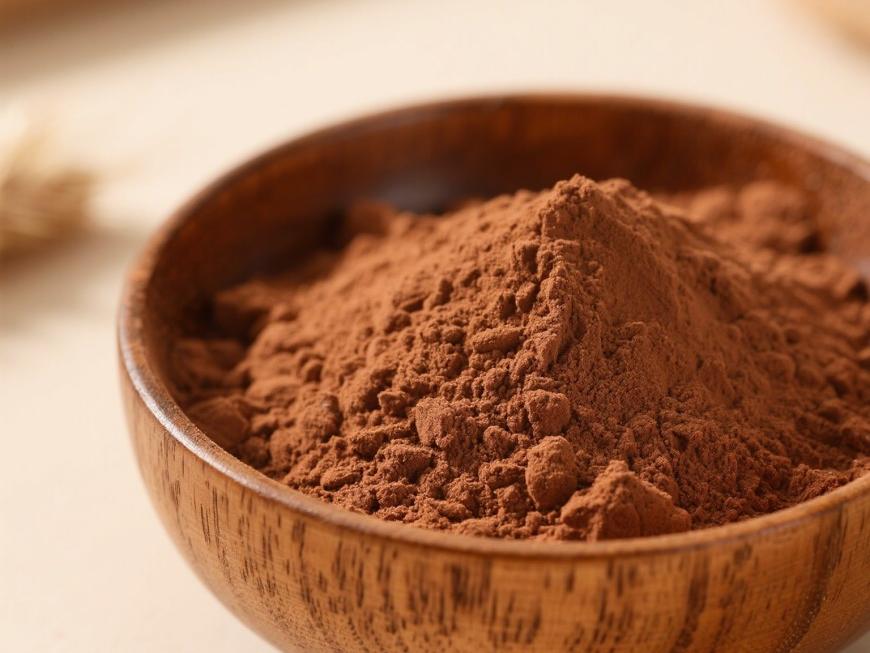Green Spring Technology's Hop Extracts Enhance Craft Beer Formula Innovation
Hops (Humulus lupulus L.), the “soul” of beer, not only impart their distinctive bitterness and aroma but also serve vital functions such as inhibiting bacterial growth, preventing spoilage, and maintaining foam stability. Today, with the booming craft beer industry, the demand for precise control over hop flavor profiles has become increasingly prominent.
Green Spring Technology, deeply rooted in the hop extract field, has launched a new generation of hop extract products based on extensive research into over 400 flavor compounds. This series overcomes the limitations of traditional raw materials by achieving precise control over flavor substances through innovative technology, providing craft brewers with more stable and creative ingredient solutions.
Compared to traditional raw materials, Green Spring Technology's hop extracts offer the following distinct advantages:
· Precise flavor profile control ensuring high batch-to-batch consistency
· Complete preservation of active hop components, enhancing beer flavor complexity
· Adaptability to diverse brewing processes, meeting customized formulation needs
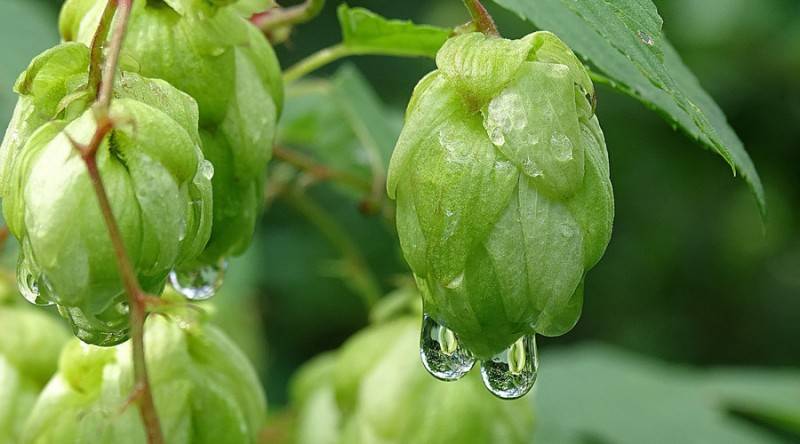
1 Green Spring Technology Hop Extracts: Empowering Craft Beer Flavor Innovation Through Science
Hops are the soul of beer, with their flavor compounds and stability directly determining beer quality and character. Leveraging deep research into hop flavor compounds, Green Spring Technology transforms the flavor mysteries of natural hops into stable, efficient, and precisely controllable extract products through technological innovation. This provides solid assurance and boundless possibilities for craft brewers' recipe innovation.
1.1 Precision Control and Solutions for Bitterness Compounds
The α-acids, β-acids, and polyphenols within hop glands are the core sources of beer bitterness. Through scientific methods, Green Spring Technology achieves precise control over these compounds:
☆ Efficient Conversion and Stability of α-Acids
Through optimized processes, α-acids are efficiently converted into iso-α-acids during boiling, ensuring highly stable and predictable International Bitterness Units (IBU) values. This guarantees precise reproducibility in recipe design.
☆ Preservation of β-Acids and Flavor Freshness
Maximizes retention of β-acids and their oxidation products, effectively counteracting bitterness decline during beer storage. This significantly extends flavor freshness and consistency.
☆Precise Polyphenol Management
By controlling polyphenol types and levels, we reduce astringency from excess polyphenols, delivering pure bitterness and smooth mouthfeel for enhanced beer drinkability.
Green Spring Technology's bitterness extract products drastically reduce bitterness fluctuations caused by raw material batch variations, providing brewers with a reliable “flavor constant.” This allows them to focus on flavor creativity and pairing experiments, accelerating new product development cycles.
1.2 Analysis and Stabilization of Aroma Compounds
Beer aroma originates from hop essential oils, comprising only 0.5%–3.0% of the total, with complex and volatile compositions. Through advanced analytical and extraction technologies, Green Spring Technology achieves precise control over key aroma components:
★ Superior Retention of Key Aroma Compounds
Focusing on high-boiling-point, stable oxygenated compounds (e.g., terpenols, esters), process optimization enables efficient extraction and protection, ensuring their characteristic aromas are fully preserved in the final product.
★ Effective Reduction of Undesirable Flavors
Targeting sulfur compounds and aldehydes/ketones prone to mold growth and green off-flavors, process controls significantly reduce their levels, safeguarding the purity and pleasantness of beer aroma at the source.
Green Spring Technology's aroma extract products effectively resolve the issue of aroma fluctuations in natural hops caused by variety, vintage, and storage conditions, delivering highly consistent and predictable aroma performance in every batch.
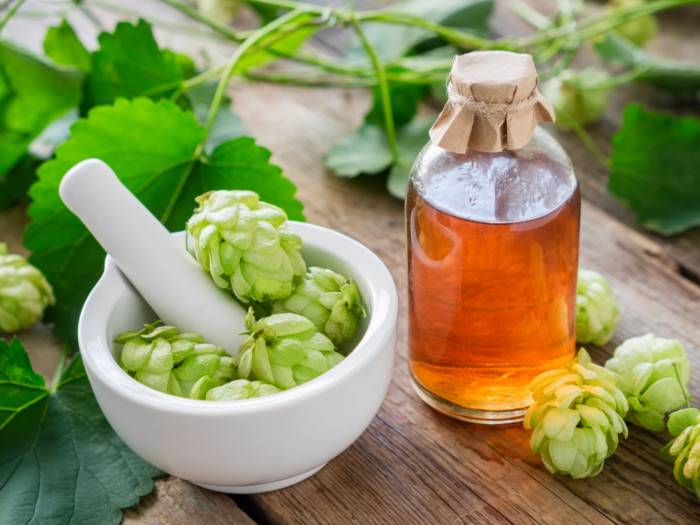
1.3 Comprehensive Solutions: Empowering Craft Beer Formula Innovation
Green Spring Technology is committed to translating complex flavor science research into simple, easy-to-use ingredient solutions:
✪ Flavor Stability and Consistency
Products significantly reduce batch-to-batch variations in bitterness and aroma, providing brewers with a reliable foundation for innovation.
✪ Enhanced Flavor Intensity and Complexity
By enriching key flavor compounds, they help craft beers with more pronounced bitterness, more vibrant aromas, and richer layers—ideal for styles like IPA that emphasize flavor expression.
✪ Customized Innovation Potential
Leveraging deep insights into flavor compound profiles, we offer products emphasizing distinct bitterness profiles or aroma characteristics (e.g., citrus, tropical fruit, floral notes). This empowers brewers to freely explore flavor innovation like modular building blocks, pushing creative boundaries.
Green Spring Technology delivers not only premium hop extracts but a steadfast commitment to stability, reliability, and innovation. We define flavor through science, empowering brewers to master the soul of every drop of beer and jointly craft the next masterpiece that will captivate the era.
2 Green Spring Technology Hop Extracts: Driving Craft Beer Formula Advancement Through Technological Innovation
The flavor characteristics of hop extracts directly influence the quality and innovation potential of craft beer. By establishing a systematic flavor compound research framework, Green Spring Technology delivers scientifically reliable flavor solutions to craft brewers, empowering formula innovation and quality enhancement.
2.1 Systematic Approach to Bitterness Compound Research
Precise control of bitterness compounds is fundamental to flavor stability. Green Spring employs a multi-technology strategy to ensure predictability and consistency in bitterness characteristics:
✨ Precision Instrumental Analysis System
Utilizing high-performance liquid chromatography (HPLC) for quantitative analysis of key bitterness compounds like α-acids and β-acids, establishing a standardized quality evaluation system that provides data support for product consistency.
✨ Scientific Sensory Evaluation System
Standardized sensory assessment methods, including Quantitative Descriptive Analysis (QDA), objectively evaluate bitterness intensity, texture, and persistence, achieving cross-validation between instrumental analysis and sensory experience.
✨ Real-Time Production Monitoring
Rapid detection technologies like electronic tongues monitor flavor stability during production in real time, ensuring high consistency between batches.

2.2 Technological Innovations in Aroma Compound Analysis
Precise expression of aroma characteristics is pivotal for craft beer innovation. Green Spring Technology achieves precise control over aroma profiles through multi-level technological integration:
★ Advanced Pretreatment Technologies
Employing low-temperature extraction techniques like Solvent-Assisted Flavor Evaporation (SAFE) maximizes retention of heat-sensitive aroma compounds, ensuring authenticity and integrity of the aroma profile.
★ High-Precision Analytical Platform
Employing high-resolution analytical instruments like Gas Chromatography-Mass Spectrometry (GC-MS) and Two-Dimensional Gas Chromatography Time-of-Flight Mass Spectrometry (GC×GC-TOFMS) to achieve precise separation and identification of complex aroma compounds.
★Key Aroma Compound Identification
Molecular sensory science techniques like Gas Chromatography-Olfaction (GC-O) and Aroma Extraction Dilution Analysis (AEDA) accurately identify key aroma active substances, providing scientific basis for product development.
2.3 Product Transformation of Technological Achievements
Research outcomes are effectively translated into product advantages, providing robust support for craft beer innovation:
✫ Enhanced Flavor Stability
Ensures high consistency in flavor characteristics across production batches through precise control of key flavor compounds and effective removal of undesirable flavor precursors.
✫ Improved Flavor Predictability
Establishes a digital flavor database enabling brewers to accurately predict product flavor profiles and enhance formulation design precision.
✫ Expanded Innovation Support Capabilities
Offering a distinctive, series-based product portfolio supports brewers in flavor innovation experiments, driving product diversification.
2.4 Industry Application Value
Green Spring Technology's innovations deliver significant value to the craft beer industry:
✡ Reduced Innovation Costs
Stable raw material properties minimize recipe adjustments, boosting R&D efficiency.
✡ Accelerated Product Development
Clear flavor expectations shorten new product development cycles and speed up market responsiveness.
✡ Ensured Quality Consistency
Guarantees successful recipes can be accurately replicated, maintaining brand flavor consistency.
Green Spring Technology will continue deepening flavor compound research, providing premium ingredient solutions through technological innovation to drive the craft beer industry's innovative development.
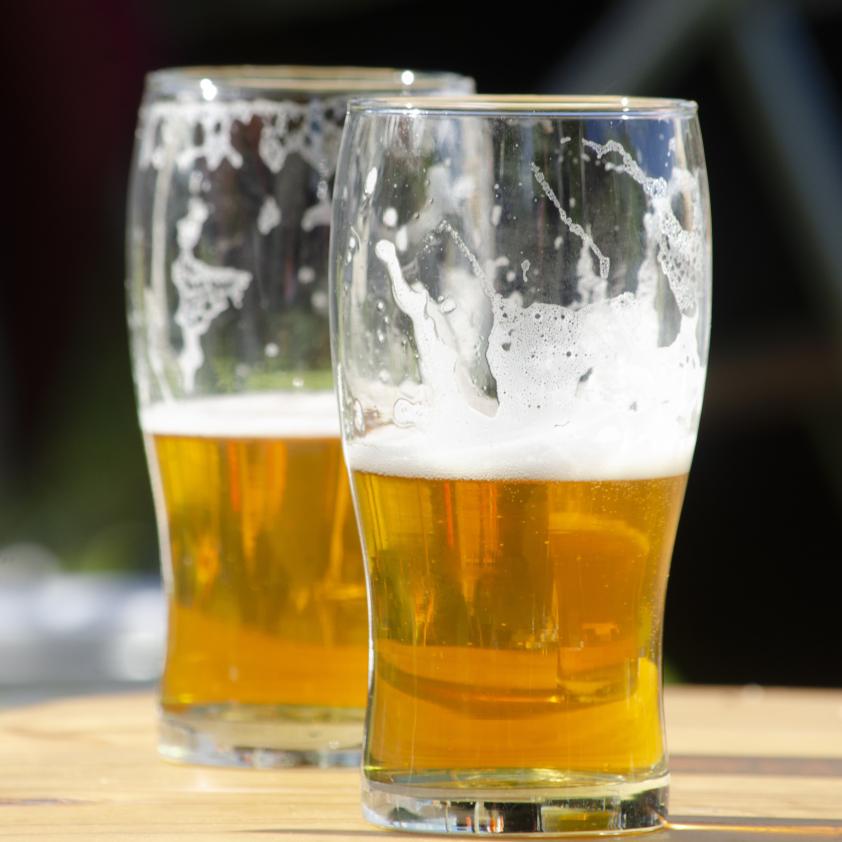
3 Green Spring Technology Outlook: Pioneering the Future of Craft Beer Flavor Innovation Through Scientific Exploration
As the craft beer industry shifts from scale expansion to quality enhancement, flavor has become the core metric for beer quality. As the “soul of beer,” hop extract flavor research is entering a new era of opportunity. Building on existing research, Green Spring Technology will deepen exploration in the following areas to provide stronger technical support for craft beer formulation innovation:
3.1 Establishing a Comprehensive Flavor Research System
We are committed to building a global database of hop flavor profiles from major producing regions, investigating how terroir influences flavor development. By systematically analyzing flavor variations across hop varieties and origins, we will empower brewers with precise ingredient selection criteria to craft distinctive product profiles.
3.2 Deepening Research on Brewing Processes and Flavor Formation Mechanisms
Green Spring Technology will prioritize:
· Investigating the interaction mechanisms between yeast metabolic pathways and hop flavors
· Conducting in-depth analyses of how fermentation parameters influence flavor compound transformations
· Exploration of synergistic effects between hop flavor and other raw material components. These studies will provide theoretical guidance for optimizing brewing processes, enabling precise flavor control.
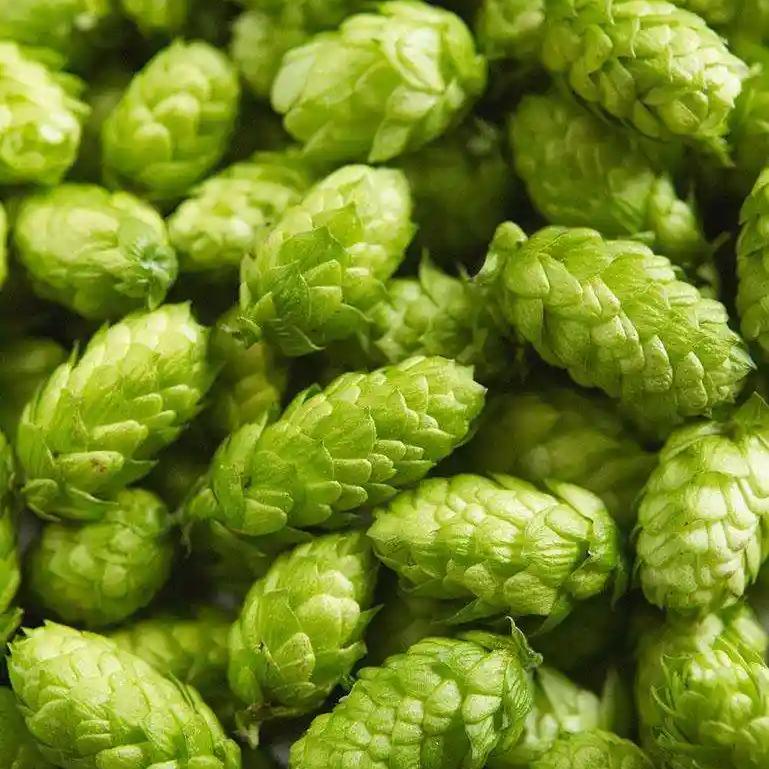
3.3 Advancing Innovative Research on Flavor Mechanisms
We will introduce cutting-edge research methods:
· In-depth investigation of bitter compound transformation mechanisms (e.g., α-acid isomerization, β-acid oxidation)
· Analyzing the transformation patterns of aroma compounds during brewing
· Establishing a traceability system for key flavor compounds. These studies will provide a solid theoretical foundation for developing innovative products.
3.4 Sustainable Development Innovation
Through deepening fundamental research, we will continuously enhance raw material utilization, develop more environmentally friendly and efficient production processes, and promote the sustainable development of the hop industry.
Green Spring Technology will remain grounded in scientific research, delivering more stable, precise, and innovative hop extract products through continuous technological advancement. We empower industry partners to push creative boundaries and collectively shape the future of craft beer flavor innovation.
Contact us at helen@greenspringbio.com or WhatsApp: +86 13649243917 to explore the infinite possibilities of flavor through science and co-create a new era for craft beer.
Reference
[1]CHEN XY, WANG MY, DENG CH, et al. The hops (Humulus lupulus L.) genome contains a mid-sized terpene synthase family that shows wide functional and allelic diversity [J]. BMC Plant Biol, 2023, 23(1): 280.
[2]ZHOU Y, XUE L, WU ZJ, et al. Research progress on beer volatile flavor components [J]. Food Res Dev, 2021, 42(1): 210‒219.
[3]SONG WJ, LI HF, JIANG JY, et al. Study on fingerprint of hops based on high performance liquid chromatography [J]. Food Ferment Ind, 2022, 48(22): 279‒284.
[4]EYRES GT, MARRIOTT PJ, DUFOUR JP. Comparison of odor-active compounds in the spicy fraction of hop (Humulus lupulus L.) essential oil from four different varieties [J]. J Agric Food Chem, 2007, 55(15): 6252‒6261.
[5]ROBERTS MT, DUFOUR JP, LEWIS AC. Application of comprehensive multidimensional gas chromatography combined with time-of-flight mass spectrometry (GC×GC-TOFMS) for high resolution analysis of hop essential oil [J]. J Sep Sci, 2004, 27(5‒6): 473‒478.
[6]WANG H. Influence of hop varieties, freshness, recipes and hopping methods on beer flavor [D]. Wuxi: Jiangnan University, 2012.
[7]SVEDLUND N, EVERING S, GIBSON B, et al. Fruits of their labour: Biotransformation reactions of yeasts during brewery fermentation [J]. Appl Microbiol Biot, 2022, 106: 4929‒4944.
[8]RETTBERG N, BIENDL M, GARBE LA. Hop aroma and hoppy beer flavor: Chemical backgrounds and analytical tools-A review [J]. J Am Soc Brew Chem, 2018, 76: 1‒20.
-
Prev
Natural Hop Extract Fuels Innovation in Wellness Product Formulations
-
Next
Extending Shelf Life: Hops Extract as a Natural Preservative Ingredient


 English
English French
French Spanish
Spanish Russian
Russian Korean
Korean Japanese
Japanese